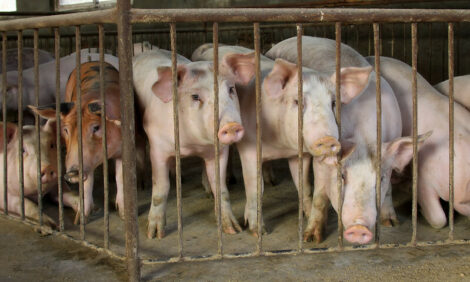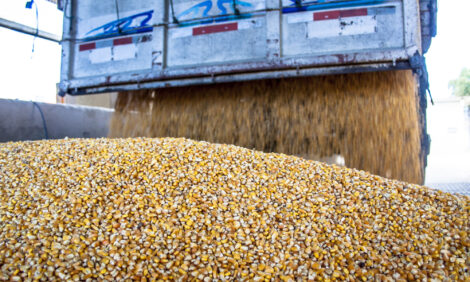



Pork Expo: US Income Share Spent For Food Smallest Ever
DES MOINES - U.S. consumers now spend the smallest portion of their income for food in U.S. and world history, said Ron Plain, agricultural economist at the University of Missouri. Ron Plain
|
Those consumers are also eating fewer meals at home or in restaurants and instead are eating more of them in their cars or while on the bus or train going to or from work, Plain added.
He spoke Wednesday at the PORK Academy, a one-day series of seminars for hog producers and others in the pork industry, held in Des Moines, Iowa, prior to the start of World Pork Expo. Plain presented information on demand factors for pork along with overall food consumption data.
He said that in 1929, Americans spent approximately 20% of their income for food. The percentage is now down to less than 10%, more specifically the latest data show the figure at just 9.6% total, which includes home prepared meals and dining out.
Plain said the increase in meals consumed "in transit" is due to a lack of time to eat at home. Also, two-income families tend to eat more meals away from home or they order meals to be delivered to the home.
Americans have more income but spend less of it on food, which presents opportunities for more money to be applied to new food items. Consumers are also looking for more convenience items plus many are willing to spend more for products that are organically produced or from animals that did not receive antibiotics, he said.
Plain said according to research and survey data pulled from reports by the U.S. Department of Agriculture, Texas A & M University and the NPD Group in Chicago, a sales and marketing group, there are a number of interesting facts about the trends in U.S. meat consumption.
"Americans consume more total meat year after year primarily because there are about 1% more Americans each year." he said. "The more interesting analyses focus on changes in per capita consumption over time."
Per capita consumption of red meat, poultry and fish was the lowest during the Great Depression. Beef consumption bottomed out in 1932 and pork in 1935, he said. Since that time, meat consumption has been trending higher. USDA is forecasting per capita meat consumption for 2006 to reach a new record, topping the previous record hit in 2004.
Plain said the research and survey data show that men in their 40s and 50s consume more pork than the other age groups and men overall eat 65.2 pounds per person per year versus 37.4 pounds for women. This means men eat on average 66% more pork than women, he said. For beef, men eat 78% more than women, and the age groups for men that eat the most beef are the 20s and 30s.
Blacks tend to eat more pork than do whites, and low income people eat more pork than do those in the middle or higher income brackets. He said the same is true for beef consumption. According to the data, Hispanics eat less pork than do whites but consume more beef than whites. Also, Midwesterners eat more pork per capita than any other region of the country, and Midwestern rural dwellers eat more than do urbanites, he said.
More pork is consumed at home versus dining out by a wide margin, Plain said. Worldwide, pork is still the meat of choice, and that presents opportunities for U.S. producers to continue to expand international sales. During the first quarter, U.S. pork exports were up about 22% from a year ago and accounted for nearly 15% of total production.
ThePigSite News Desk






